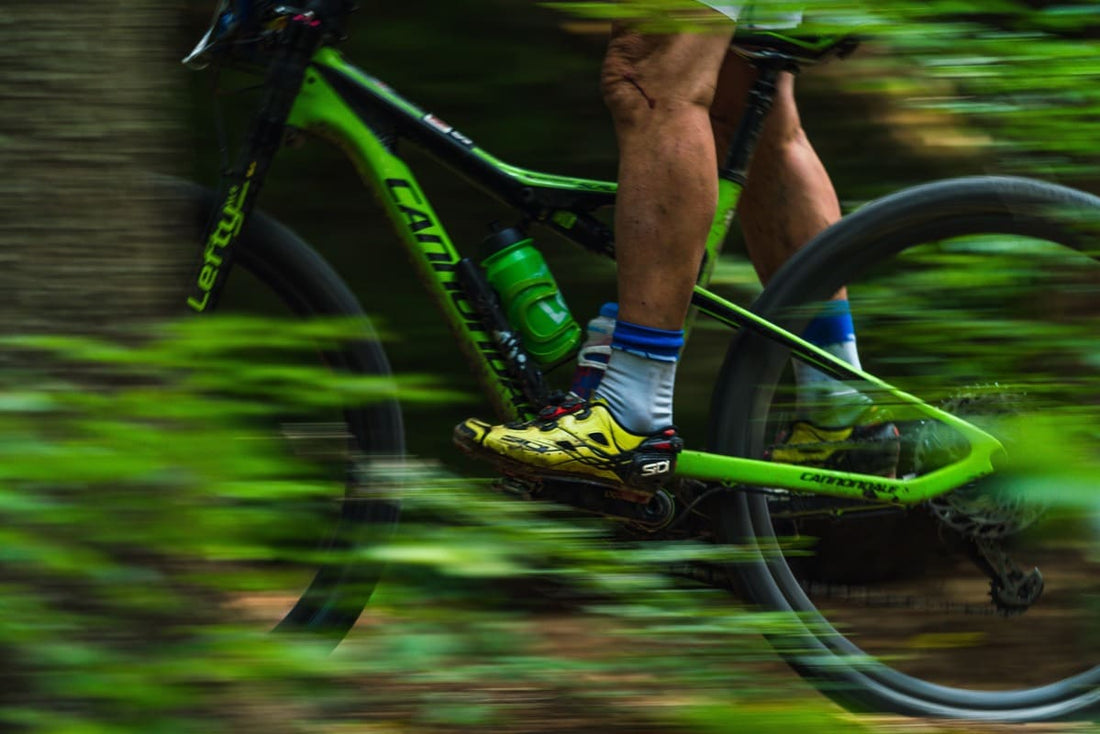Subscribe Us
Subscribe to our newsletter and receive a selection of cool articles every week
How to improve in cycling: road or mountain biking

Amidst the hustle of daily life, obligations, noise, and routine, cycling stands as a perfect escape. But it's not just that; it's a passion. And, for many, something more. Thus, cyclists constantly have the will to improve marks and surpass our records. To meet these performance improvement goals in both road cycling and mountain biking, we must follow some basic and advanced advice.
Tips to Improve in Road Cycling
Here are some tips to improve in road cycling:
Enhance Your Position
At an approximate speed of 30 kilometers per hour, two-thirds of a cyclist's effort is used to overcome air resistance. This implies significant physical exertion and greatly depends on the cyclist's position on the bike. Knowing this, it's vital to maintain an effective position that allows efficient power transmission to the bike while being aerodynamic to minimize air resistance. Leaning the back towards the center of gravity and leaning forward is the best solution, along with the proper positioning of the saddle and handlebar.
Work on Technique
Efficiency is vital to enhance performance on two wheels as it saves energy and adds more kilometers. Technique comes into play in balancing work, pedaling form, cadence, braking, as well as managing descents and ascents, for example.
Plan Training Sessions
Heading out for a ride without a predetermined goal is wonderful and brings a lot of fun, but it's not the most suitable way to improve performance. Planning the training regimen is fundamental and as simple as setting a number of intervals or serious sessions to perform. In this regard, the assistance of a coach or physical trainer is always advisable, but training with other cyclists and using competition to your advantage can also be beneficial.
Stretch After Training
As in all sports, stretching is important to reduce muscle recovery time and prevent injuries after engaging in demanding physical activity. Although recent research suggests that stretching causes muscles to relax and decrease their power for over an hour, it's better to perform stretching after dismounting the bicycle rather than before.
Don't Ride Alone on Roads, Hit the Track Too
The leg muscles contain slow fibers, developed with long rides, and fast fibers, only worked on with high-intensity interval training. It's highly recommended to carry out this session on the track and stay away from the road for a day.
Exercise Your Muscles
Strength training and hypertrophy are good allies for any cyclist. To reach our best form, it's important to work on the entire body musculature, prioritizing the legs, at the gym. This way, we fight stagnation and strengthen the core.
Use Muscle Recovery Systems like Pressotherapy
After an intense and demanding cycling session, the legs will undergo considerable strain and muscle fiber breakdown, leading to pain or the sensation of muscle soreness. If muscle pain doesn’t improve significantly after stretching, massages, active recovery, or ice baths, for example, there's still the option of pressotherapy, a therapeutic technique involving controlled air pressure application to reactivate both the lymphatic and circulatory systems, aiding in accelerated muscle recovery.
Tips to Improve in Mountain Biking
Here are some tips to improve in mountain biking:
Train Progressively and Steadily
Just as we've emphasized the importance of session planning, we also highlight that the intensity and demand of the workouts should progress gradually and steadily. The human body is an almost perfect machine that generates muscular adaptations when subjected to constant physical activity. Hence, by gradually increasing the training difficulty, we allow our body to adapt and enhance its performance.
Training on Flat Terrain is More Effective
A mountain biker's training involves continuous and regular effort, hence training on flat terrain is more effective, ensuring pedaling during all segments of the route. This doesn't mean eliminating ascents and descents from our sessions but rather giving them their place








